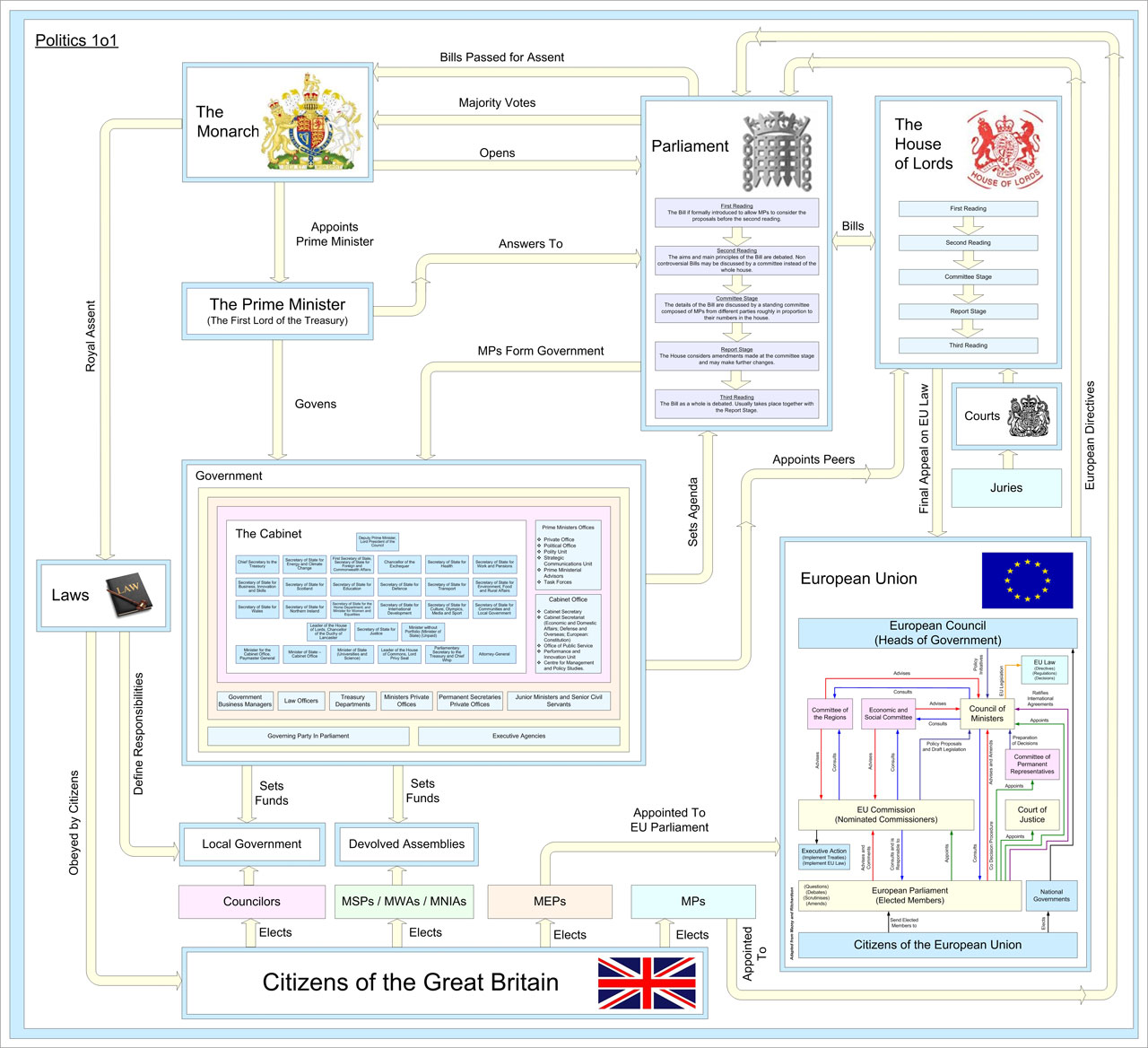
We explored the executive branch in great detail, and congratulations 🎉 🎊, because now it is time to examine the legislative systems of our Comp Gov countries (UK 🇬🇧, Russia 🇷🇺, Iran 🇮🇷, Mexico 🇲🇽, China 🇨🇳, and Nigeria 🇳🇬).
As a reminder, the legislative branch is one of the most powerful bodies of government since it is the one responsible for making decision that can affect the direction of the government, as well as passing policies.
This topic requires AP Comp Gov Students to describe the structure and function of each of the AP Comparative Course Countries (UK 🇬🇧, Russia 🇷🇺, Iran 🇮🇷, Mexico 🇲🇽, China 🇨🇳, and Nigeria 🇳🇬). The CED provides very specific descriptions of each course country, I'm going to add to those descriptions to make sure you are completely ready for the exam. Now, it's time to go on our world tour 🌐😂

You must focus on 2️⃣ two things, 1️⃣ Structure and 2️⃣ Function. We begin the discussion with structure. Parliament is a bicameral legislature ( 2️⃣ 🏠🏠). The two houses are the House of Lords 🏠 🤵🏻 and the House of Commons 🏠 👨🏽.
However, there are far fewer heredity peers today as of June of 2020 there were only 92, meaning that the House of Lords is now primarily appointed life peers 👴
The House of Lords has little to no power in the modern UK. The House of Lords was the original parliament but after the 17th century, the House of Commons transitioned into the seat of power. The House of Lords has 2️⃣ main functions- delay legislation and debate technicalities of proposed bills.
📜History Alert - Before 1911, the House of Lords could veto bills that the House of Commons sent to them for review. In 1911, the Parliament Act removed the right of veto from the House of Lords, but did give them the power to delay a bill for two years (in other words they can just not approve the bill for two years to delay its implementation into law).
The House of Commons is the seat of power in the UK. We discussed in Unit 1 that there is little separation of powers that exist between the executive and legislative branches because the executive (Prime Minister) is selected by the majority party in the House of Commons (legislature). The House of Commons power has expanded over time, especially as a result of the 1911 and 1949 Parliamentary Acts that in essence removed much of the House of Lords powers (House of Lords can no longer veto legislation of the House of Commons, only delay, the House of Lords also cannot amend Money Bills).
2. Russia The legislature in Russia is called the Federal Assembly of the Russian Federation is, similar to the UK, a bicameral legislature ( 2️⃣ 🏠🏠) made up of the directly elected State Duma and the appointed Federation Council.
The State Duma, or lower house is the directly elected house of the legislature, has 450 representatives total. Proportional representation (an electoral system in which parties gain seats in proportion to the number of votes cast for them) is used for one-half of the seats in the Duma and the other half of the seats are appointed through direct majority elections (one deputy for one constituency).
The Federation Council, or upper house of the legislature is comprised of two members from each of the 89 federal regions. 1️⃣ representative is selected by the governor of the region and 1️⃣ representative is selected by the regional legislature.
You now have a clear understanding of the structure of the bicameral legislature; now, it's time to understand the function of each.
The State Duma, or lower house, serves to popularly represent the voters of Russia. The State Duma is able to perform functions such as passing legislation, confirming presidential appointees, approve the budget, typical powers we would associate with the U.S. legislature. However, remember that the executive branch is more powerful under Putin and that Putin's political party dominates the number of seats in the Duma (currently 340 of the 450 seats are held by the United Russia party so there is little check on his power). The other thing to remember is that the Russian President has the power of decree, which is like the executive order in the U.S.; in other words, he can create law without the input of the legislature.
The Federation Council, or upper house, is designed to represent regions (remember 2️⃣ representatives from each region) but much like the House of Lords in the UK, the Federation Council has little to no power. The Federation Council can reject legislation from the State Duma, however the Duma can override the rejection!
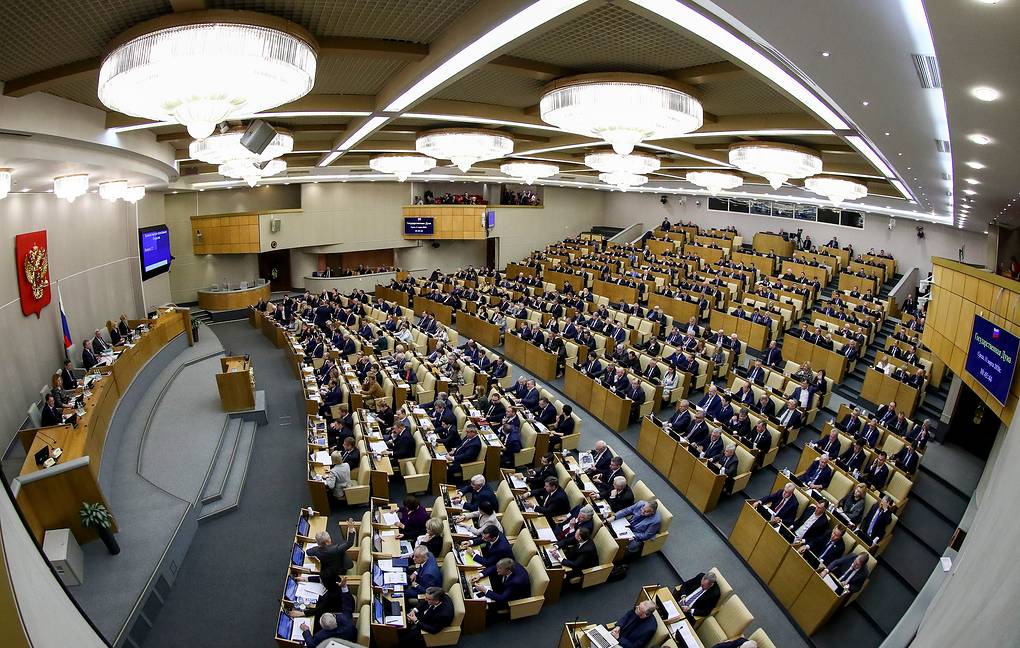
3. Iran 🇮🇷 The theocratic legislature in Iran is unicameral ( 1️⃣ 🏠). The Majles was first created by the Constitution of 1906 and the institution was able to sustain itself even during the dictatorships of the Shahs. The Majles were retained with the passage of the 1979 Constitution. The 290 seat legislature is directly elected through single-member districts (an electoral district that sends a single representative back to a multi-representative body) by citizens over 18.
The function of the Majles has greatly diminished over time and much of their power has been transferred to the executive branch (never forget though that the most powerful individual is the Supreme Leader). However, they are designed to allow the voters of Iran to popularly elect one part of the government.
The Majles has the power to enact or change laws (only with the approval of the Guardian Council who will make sure the laws are upholding Islam and more specifically sharia law), interpret laws, appoint 6 of the 12 members of the Guardian Council (however a list they can choose from is provided to them by the chief judge), remove cabinet members (not the president) and approve budgets, appoints, treaties, and loans.
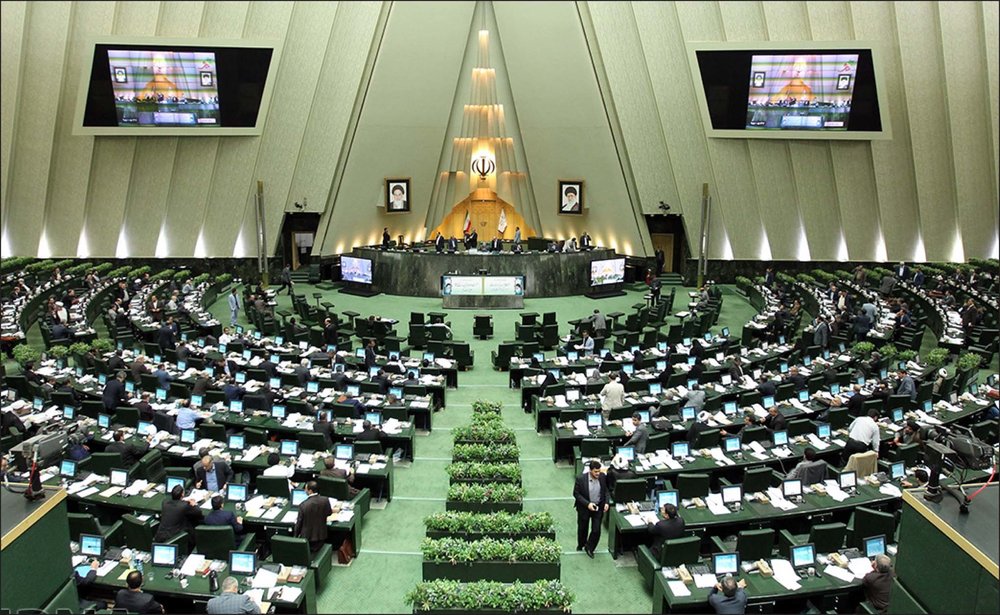
4. Mexico: 🇲🇽 In the Presidential system of Mexico there is a bicameral legislature, much like the UK. The lower 🏠 is called the Chamber of Deputies . The upper 🏠 is referred to as the Senate (just like the US 🇺🇸!) Both houses are directly elected by the people.
The Chamber of Deputies, or lower house, has 500 members in total. All are directly elected and serve three-year terms. 300 of the deputies are elected in single-member districts, while the other 200 are elected by proportional representation.
The Senate, or upper house, has 128 members in total. Unlike Russia's upper house, these senators are directly elected by the people. All are elected to serve six-year terms. Three senators are elected from each of the 31 states and the federal district, while the other senators are selected by proportional representation.
The function of each is very similar to the US. First, the function of both is to represent the people via direct election, in other words, to give the people a direct voice in legislation and policymaking. The Chamber of Deputies ( ⬇️🏠) is able to verify election results, levy taxes, and approve legislation.
The Senate ( ⬆️🏠) has a bit more power and responsibility than the Chamber of Deputies. The Senate is able to confirm presidential appointments to the Supreme Court, approve treaties, and approve federal intervention in state matters, of course, they also pass legislation.
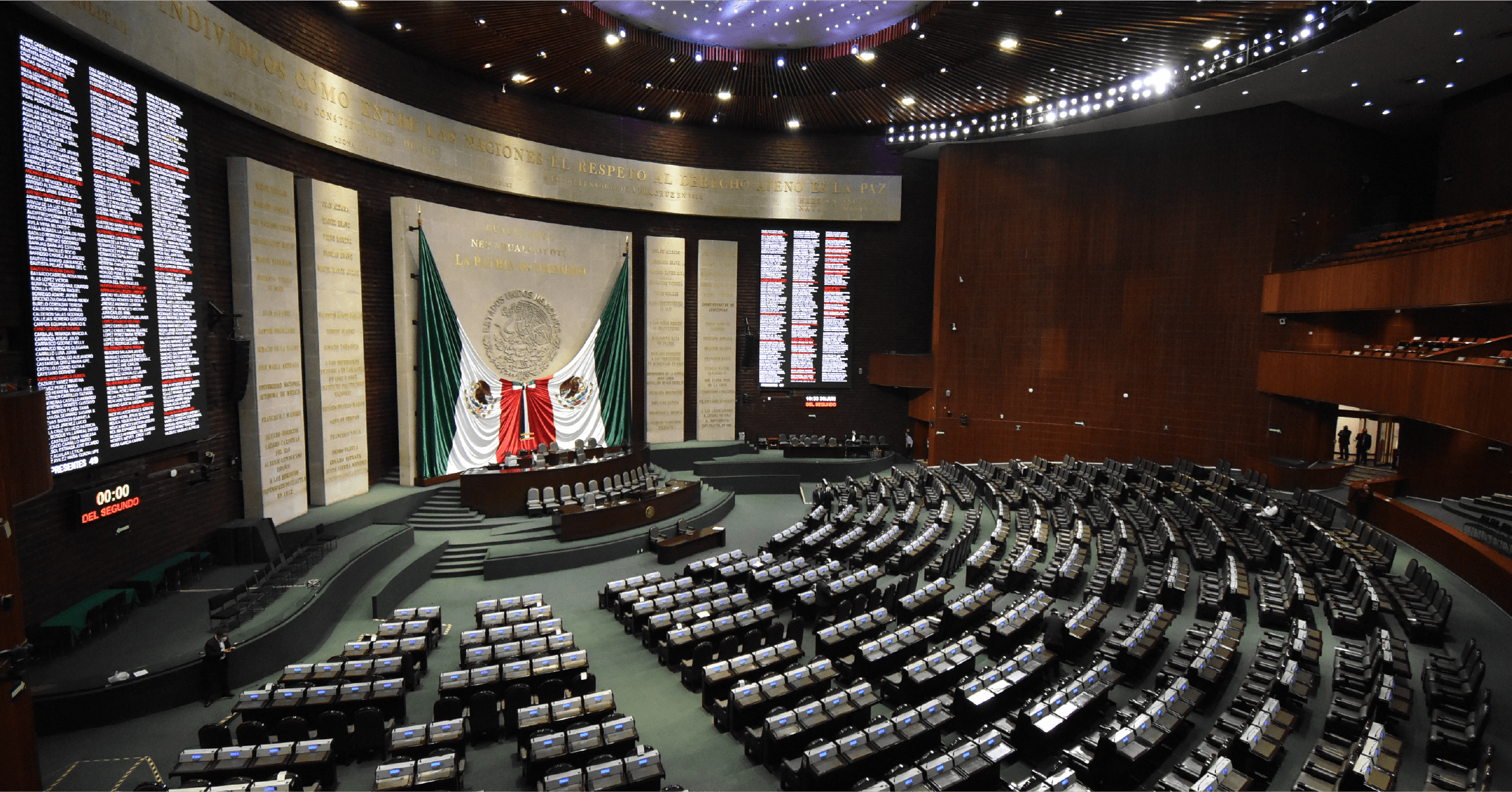
5. China 🇨🇳 is a unicameral ( 🏠) house that is controlled by the CCP (Chinese Communist Party) and directly elected by the people of China. Although the Constitution recognizes the National People's Congress as the government's most powerful institution, in reality, they are without any real power, as they are subject to party authority because like the executive and the judiciary branch they are controlled by the CCP and there is no other party's eligible for election.
The Constitution gives the National People's Congress the ability to choose the President and Vice President as one of its functions, but remember there is only one party-sponsored candidate for each, so there is no real choice to be made. The legislature, although with little real power, is important since that is where the Politburo 's (the primary policy-making committee of a communist party) decisions are announced, which lends legitimacy to the legislature's actions.

6. Nigeria 🇳🇬: Congressional-Presidential system contains a bicameral legislature (🏠🏠). The upper and lower houses are both elected by the people. The upper house is called the Senate and the lower house is the House of Representatives (just like the USA!)
The House of Representatives ( ⬇️ 🏠) is composed of 360 members from single-member districts. They are elected by plurality (just means more votes than the other candidate).
The Senate ( ⬆️ 🏠) is made up of 109 senators, three from each of 36 states, and one from the federal capital territory of Abjua. Senators are elected directly by popular vote. This system is based on the US Senate and equal representation.
The function of the legislature in Nigeria has often been extremely restricted especially during the periods in which the military was in control. It has only been in the last few years that the legislature has actually become a check on the president's power.
The House of Representatives and the Senate both have the power to pass legislation (once again just like the US), but the Senate has the sole power to impeach the President and confirm his appointees. As both houses of the legislature are elected by the people, their other function is to represent the people in government.
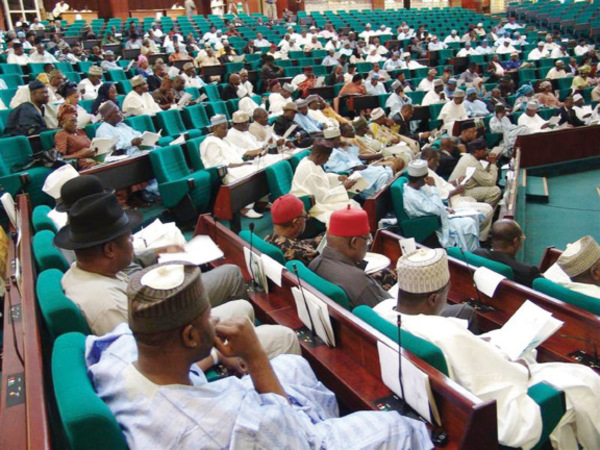
You have everything you need to know for the exam for the structure and function of the legislature in each of our course countries. Now it is time to move onto the next key topic, 2.7! ➡️
Chamber of Deputies : The Chamber of Deputies is a legislative body that represents citizens at a national or regional level. It consists of elected members who debate and pass laws on behalf of their constituents.
Chinese Communist Party (CCP) : The Chinese Communist Party is the ruling political party in China. It has a monopoly on political power and controls all aspects of governance in China.
Federal Assembly of the Russian Federation : The Federal Assembly of the Russian Federation is the national legislature of Russia, consisting of two houses - the State Duma and the Federation Council. It is responsible for making laws and representing the interests of the Russian people.
Guardian Council : The Guardian Council is a powerful body in Iran that consists of 12 members, half of whom are appointed by the Supreme Leader and the other half are nominated by the judiciary and approved by the Parliament. It has the authority to vet candidates for elections and can veto legislation deemed inconsistent with Islamic principles.
House of Commons : The House of Commons is the lower house of the British Parliament and other parliamentary systems. It is composed of elected representatives who debate and pass laws.
Legislative Branch : The legislative branch is the part of government responsible for making laws. It consists of elected representatives who debate and vote on proposed legislation.
Life Peers : Life peers are individuals who are appointed to the House of Lords for their lifetime, rather than inheriting their position. They are not hereditary and are chosen based on their expertise or contributions to society.
Majles : Majles refers to Iran's unicameral parliament, which consists of elected representatives who create legislation and oversee government actions. It plays a crucial role in shaping Iran's political landscape.
National People's Congress (China) : The National People's Congress (NPC) in China is the highest organ of state power, serving as the legislative branch. It has significant decision-making powers over national policies and laws.
Parliament Act : The Parliament Act is an important legislation passed by Parliament (in countries like the United Kingdom) that limits or changes certain powers held by either house (House of Lords or House of Commons). It helps to resolve conflicts between the two chambers.
Parliamentary Hybrid : A parliamentary hybrid refers to a political system that combines elements of both a parliamentary and presidential system. It typically has a directly elected president with significant executive powers, alongside a parliament that holds legislative authority.
Politburo : The Politburo is a small group of influential individuals who hold the highest decision-making power in a communist party or government.
Proportional Representation : Proportional representation is an electoral system in which seats in a legislative body are allocated based on the proportion of votes each political party receives.
Senate (Mexico) : The Senate in Mexico is the upper house of the country's legislature, responsible for representing the states and ensuring checks and balances within the government.
Sharia Law : Sharia law is an Islamic legal system derived from religious texts such as the Quran and Hadiths. It governs various aspects of personal conduct, family matters, criminal justice, and economic transactions according to Islamic principles.
Single-Member Districts : Single-member districts refer to an electoral system where each geographic district elects only one representative to serve in the legislature. This contrasts with multi-member districts where multiple representatives are elected from each district.